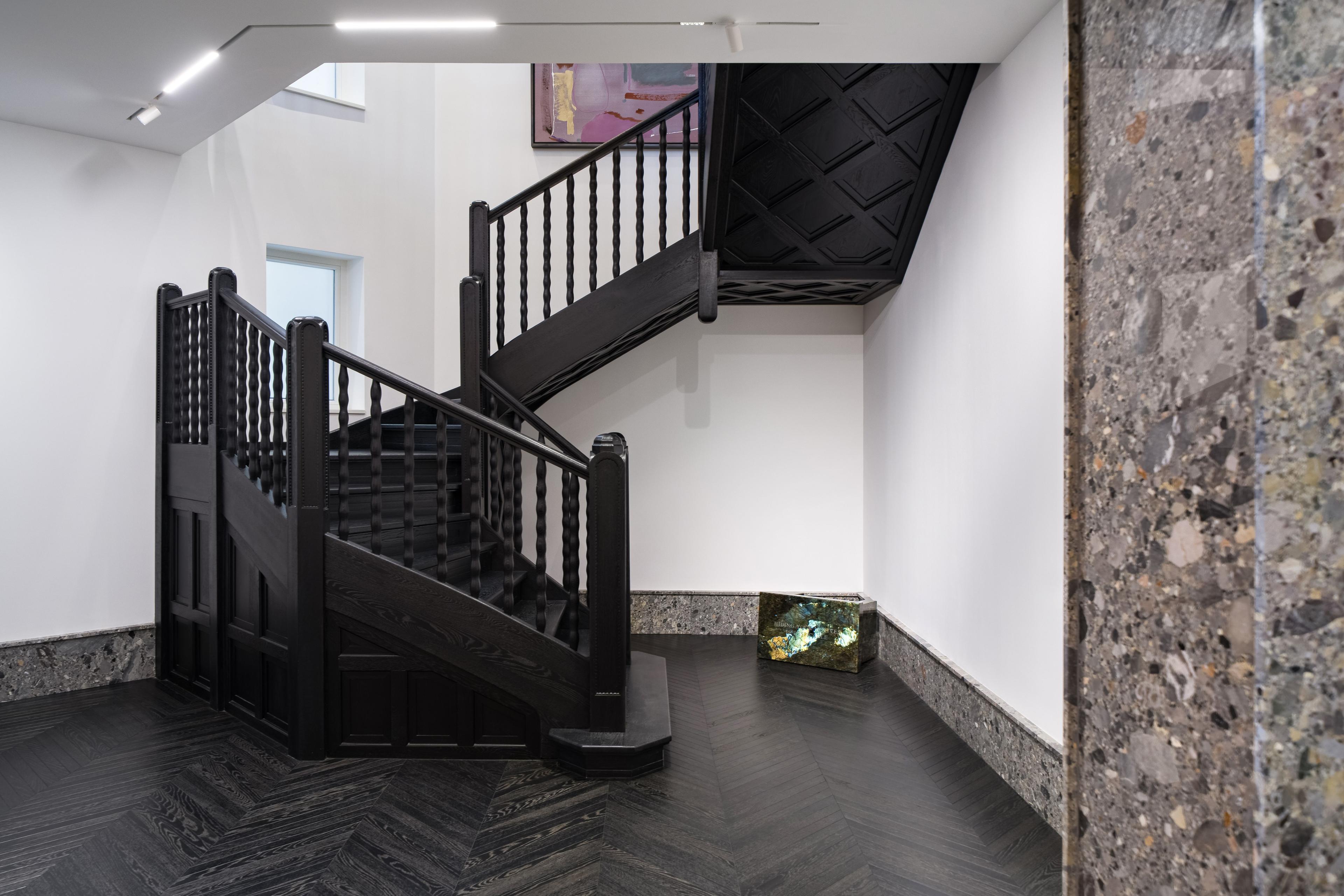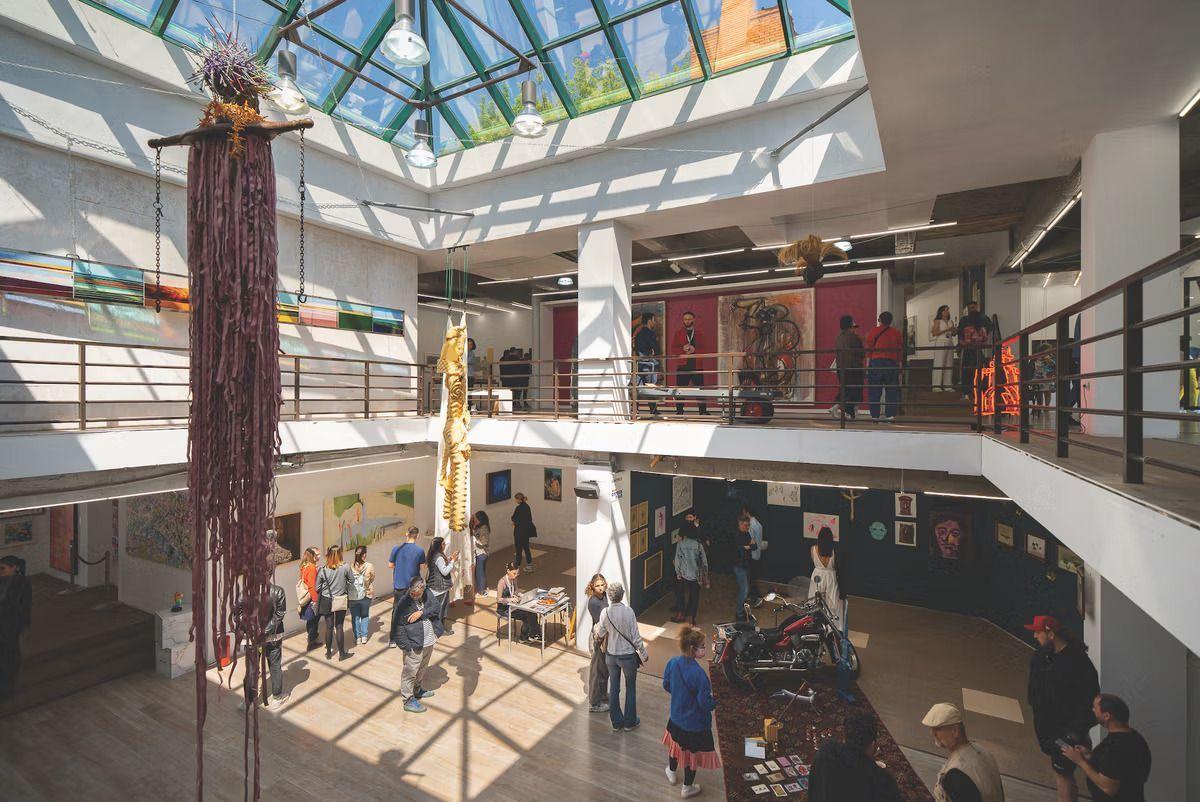Sirens
Sirens
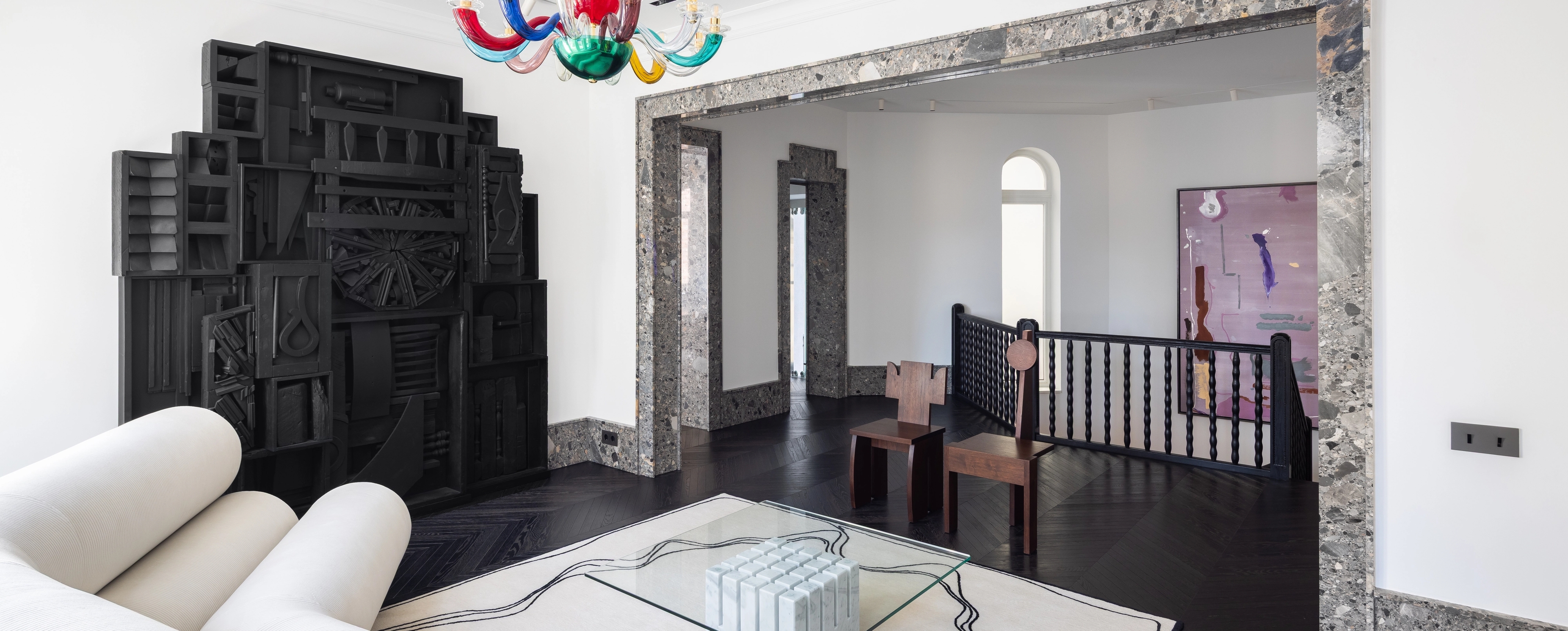
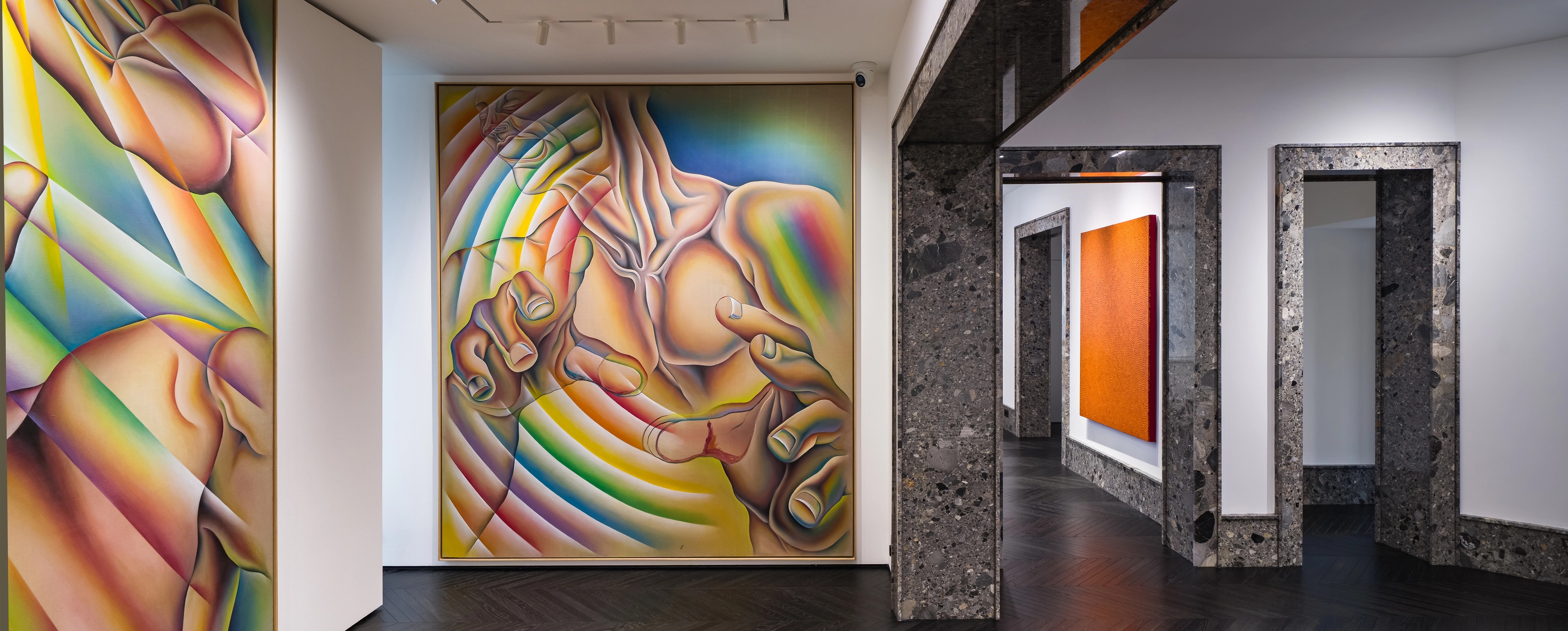
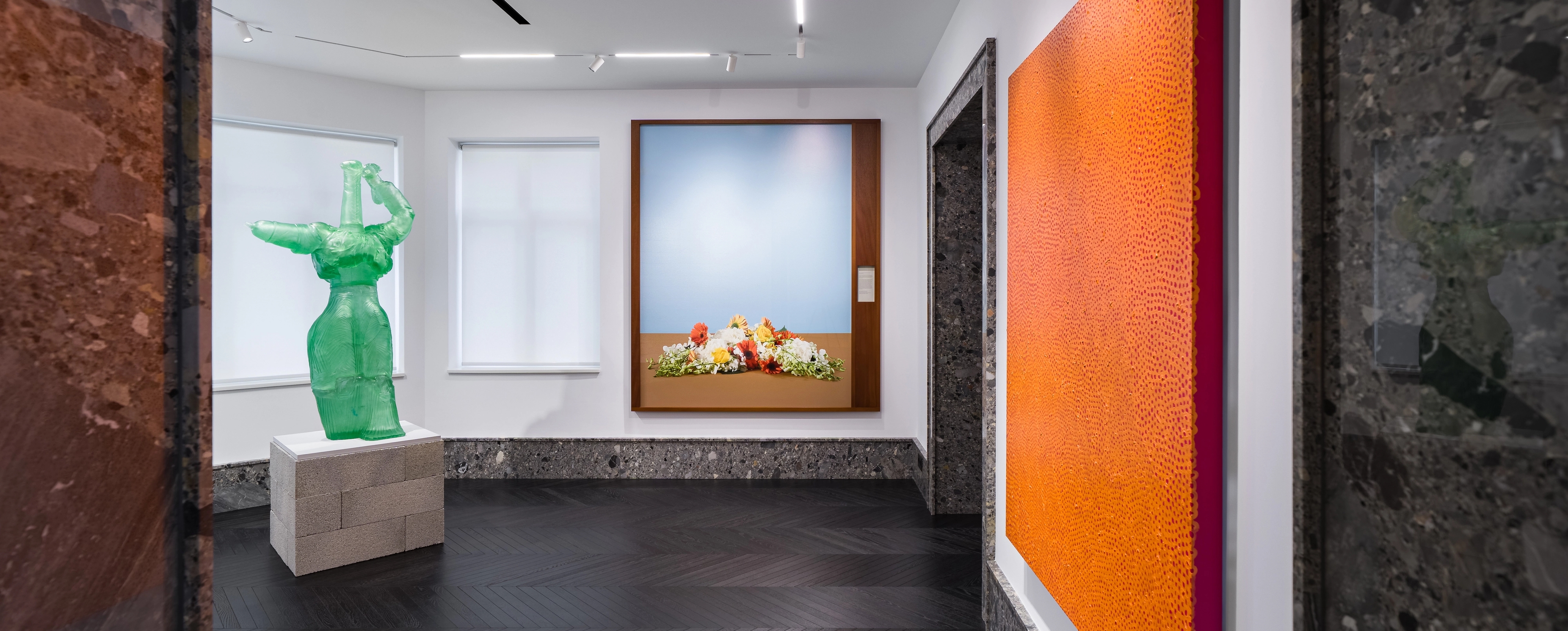
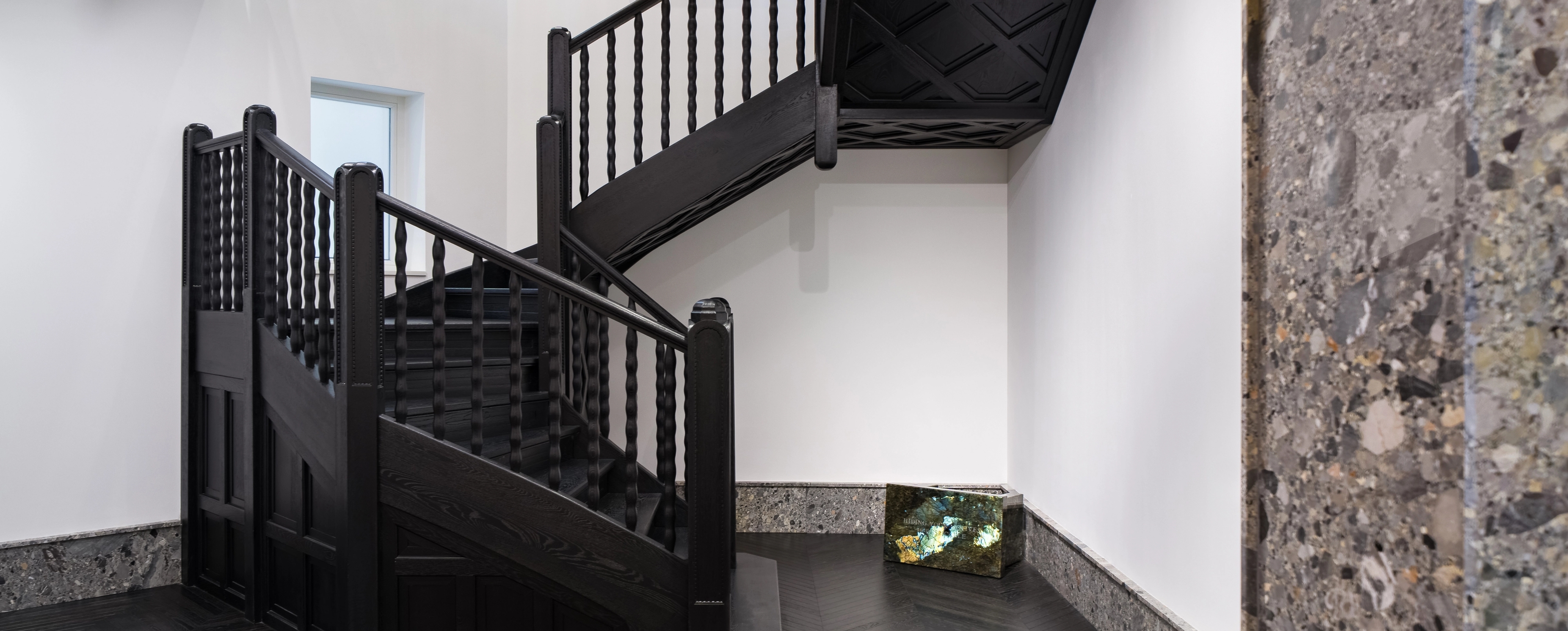
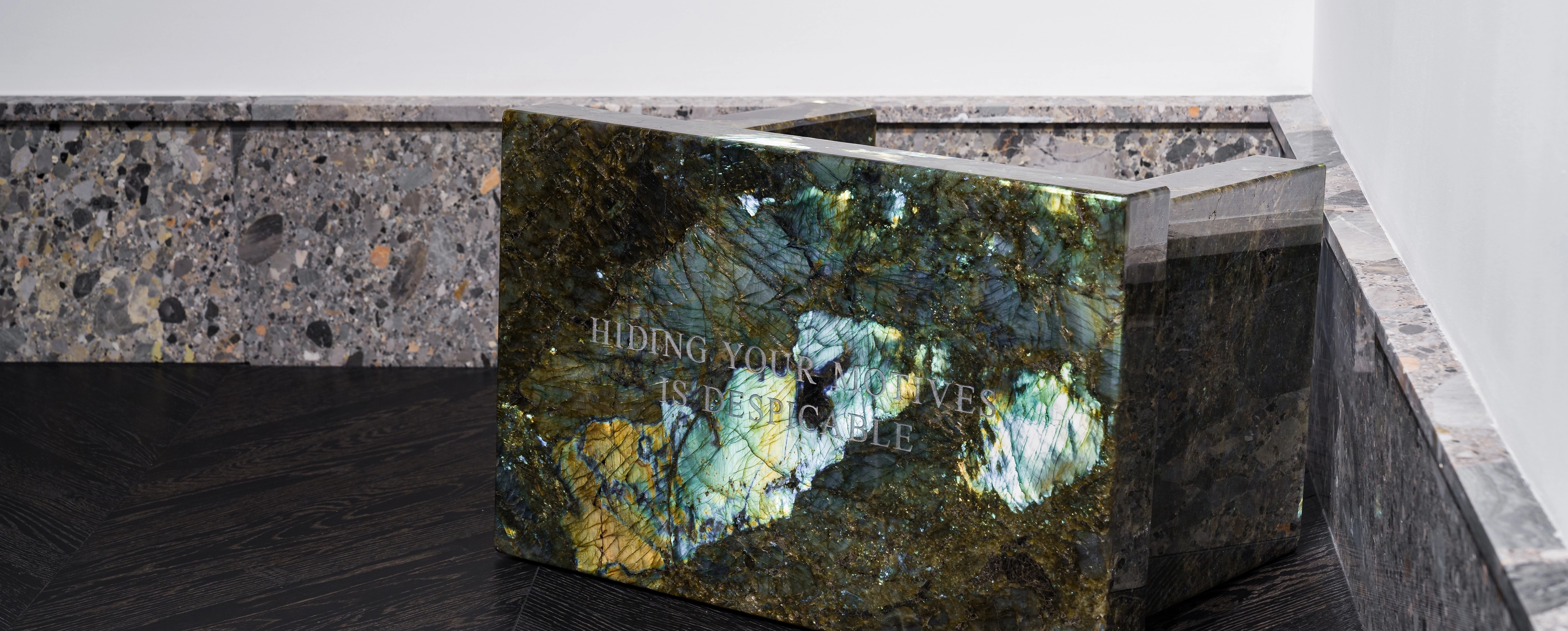
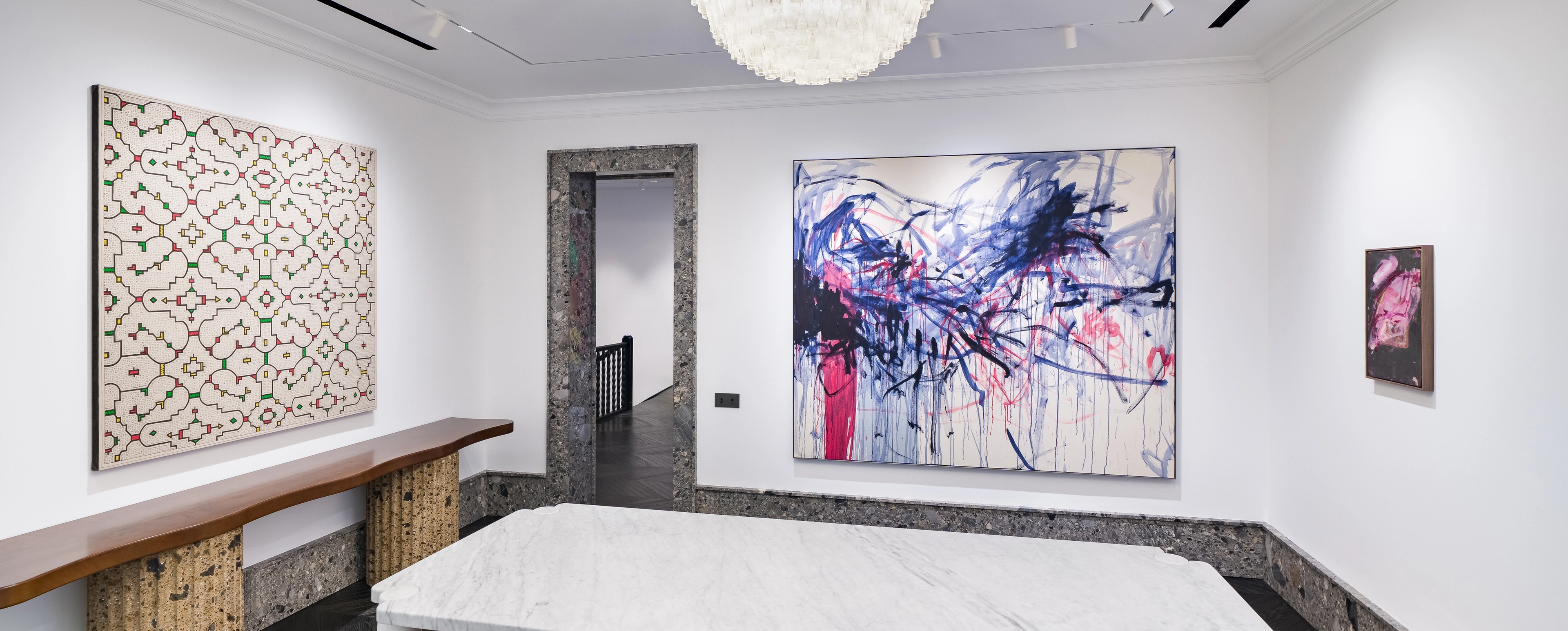
FEATURED ARTISTS
FEATURED ARTISTS
Alice Neel
Andra Ursuța
Carrie Moyer
Cora Cohen
Gisela Colón
Hedda Sterne
Helen Frankenthaler
Howardena Pindell
Huma Bhabha
Jaune Quick-to-See Smith
Jenny Holzer
Judy Chicago
Latifa Echakhch
Louise Nevelson
Marguerite Humeau
Martha Jungwirth
Mona Hatoum
Sara Flores
Taryn Simon
Tracey Emin
Wangechi Mutu
SELECT ARTWORKS
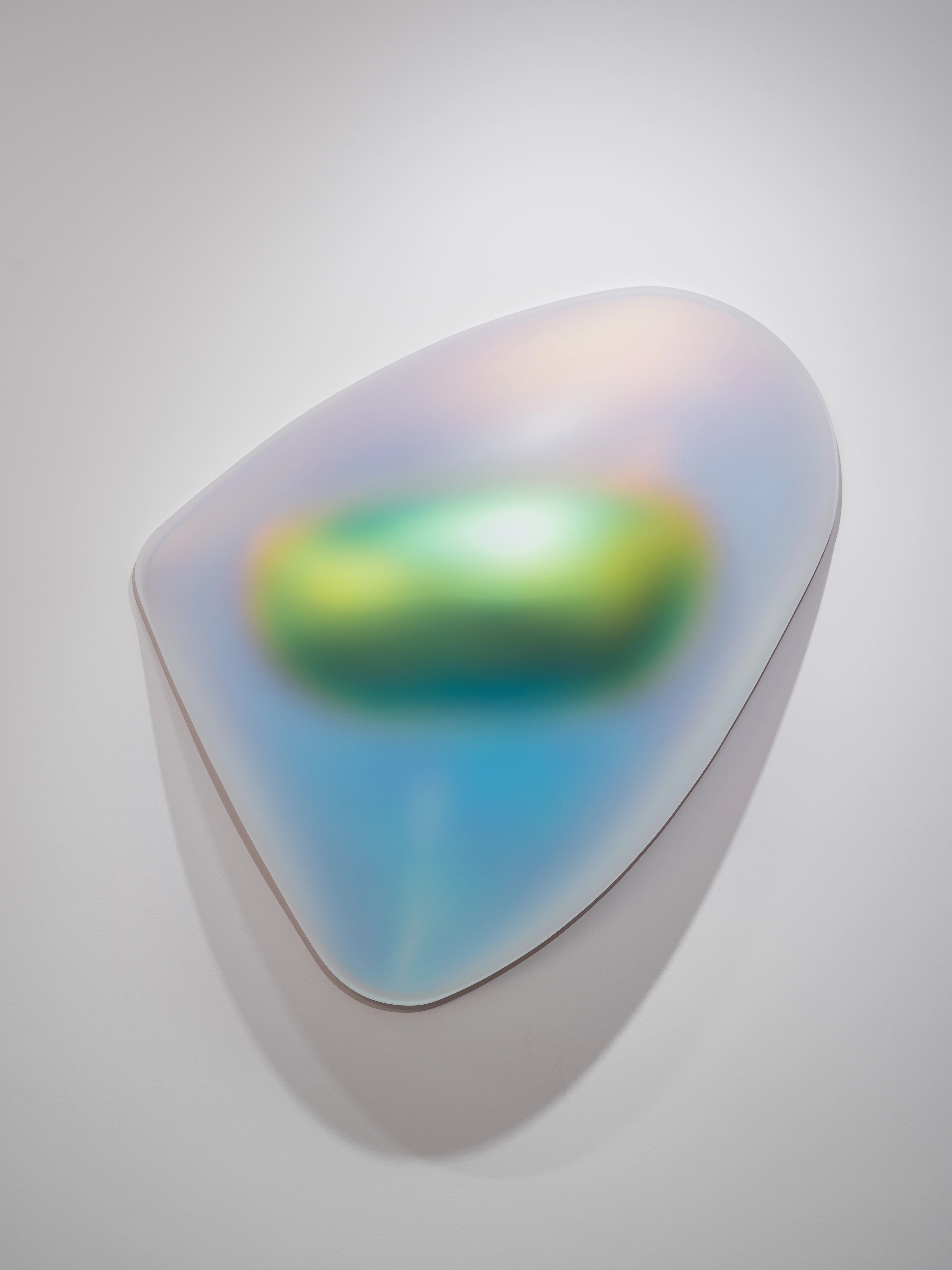
Gisela Colón
Morph (Pulsar), 2022
Blow-molded acrylic
106.7 x 88.9 x 30.5 cm
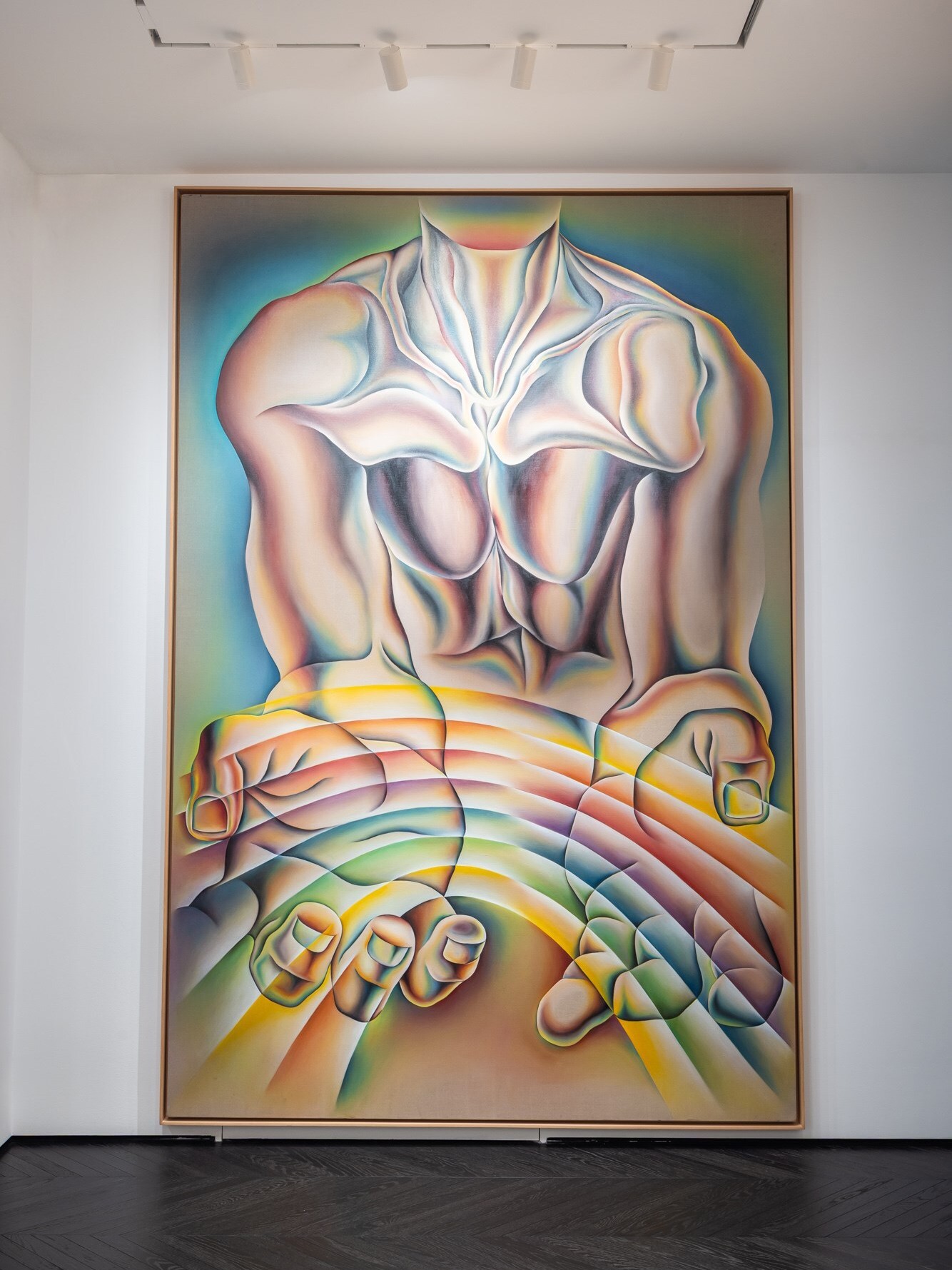
Judy Chicago
Rainbow Man, 1984
Sprayed acrylic and oil on Belgian linen
108 x 252 inches / 274.3 x 640.1 cm
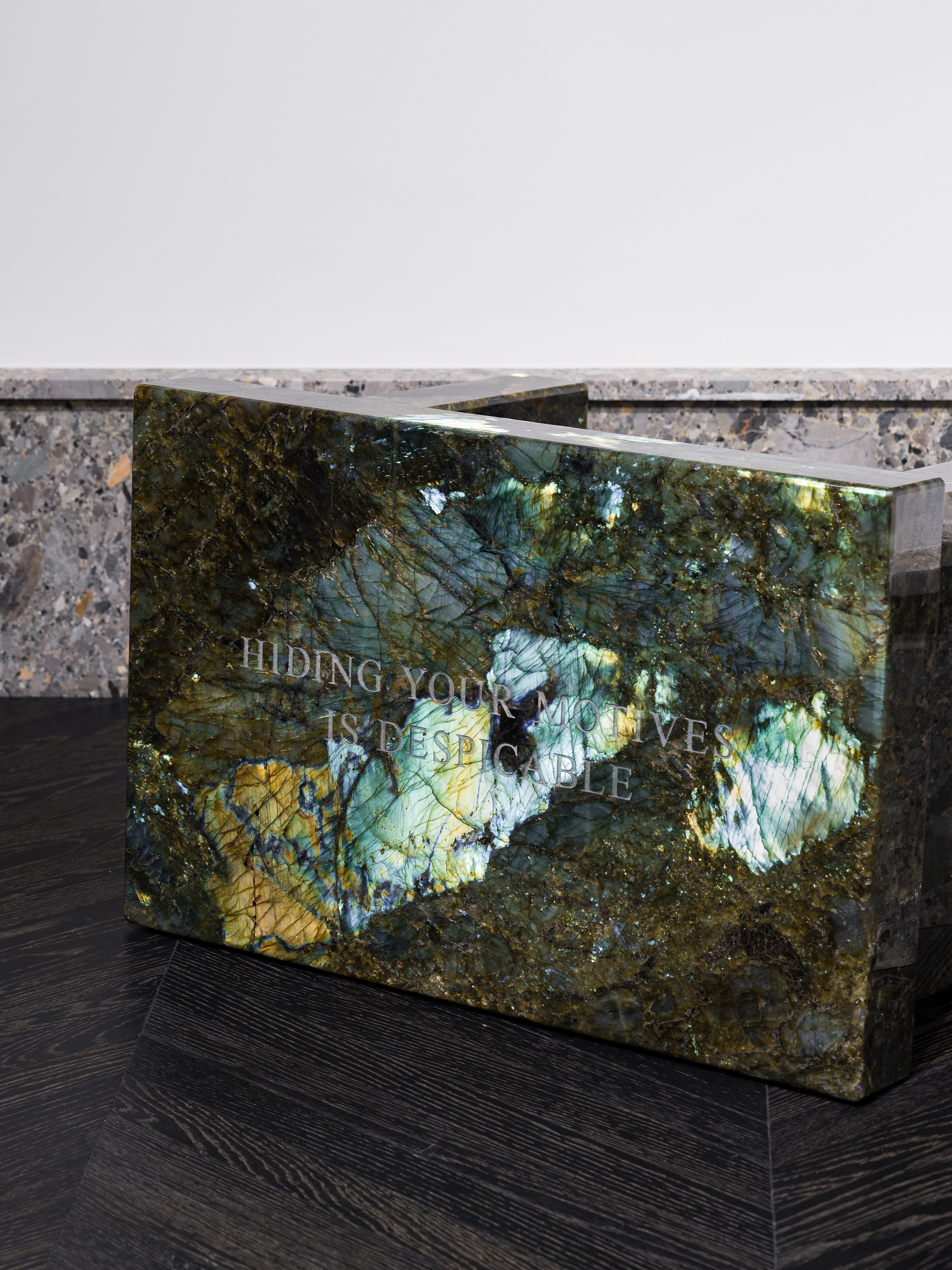
Jenny Holzer
Selection from Truisms: Hiding your motives…, 2015
Black Labradorite
17 x 25 x 16 inches 43.2 x 63.5 x 40.6 cm
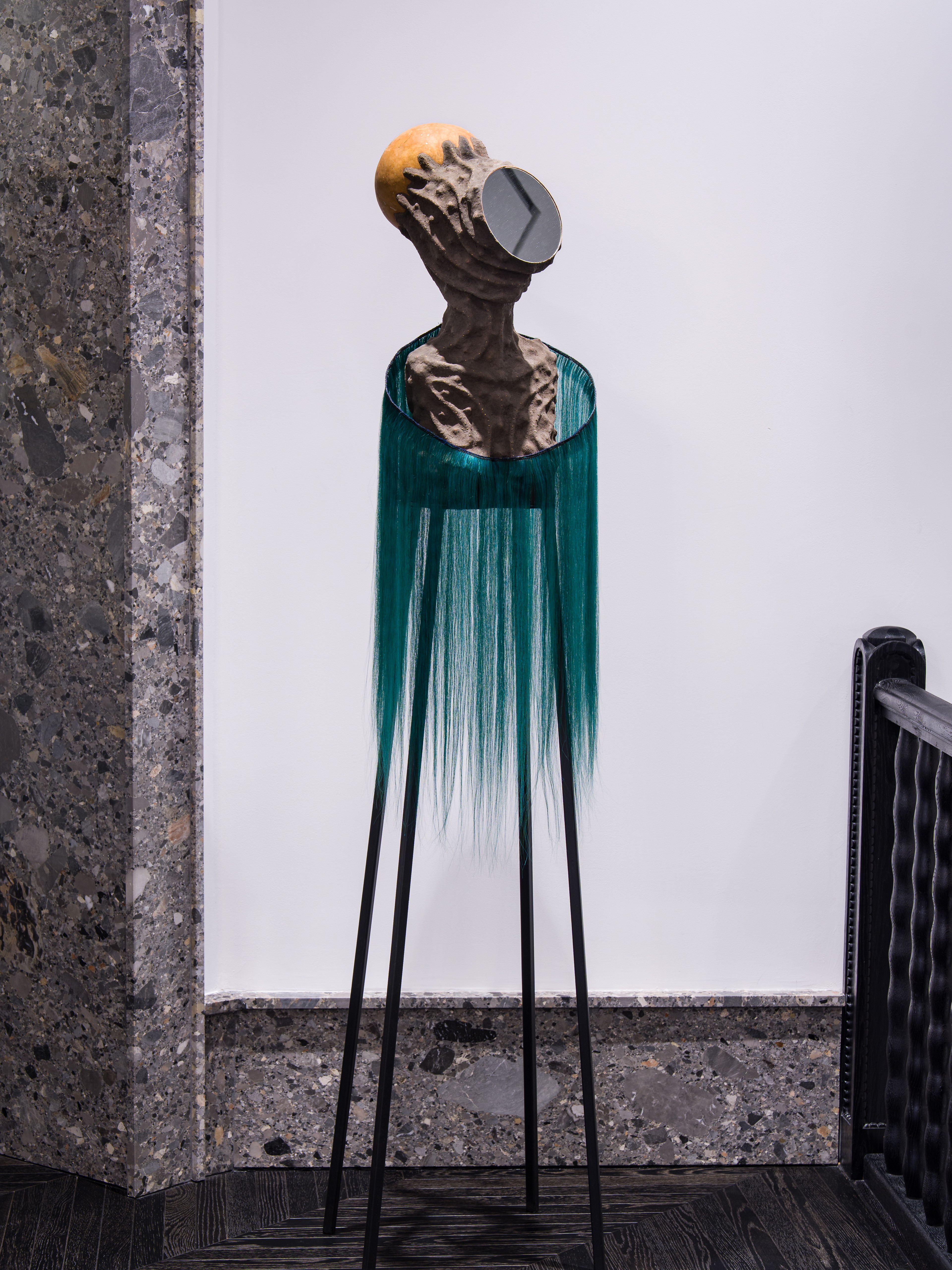
Wangechi Mutu
Mirror Faced I, 2020
Paper pulp, wood glue, soil, emulsion paint, gourd, brass beads, mirror, teak base and wrought iron stand
117.5 x 37.1 x 34 cm
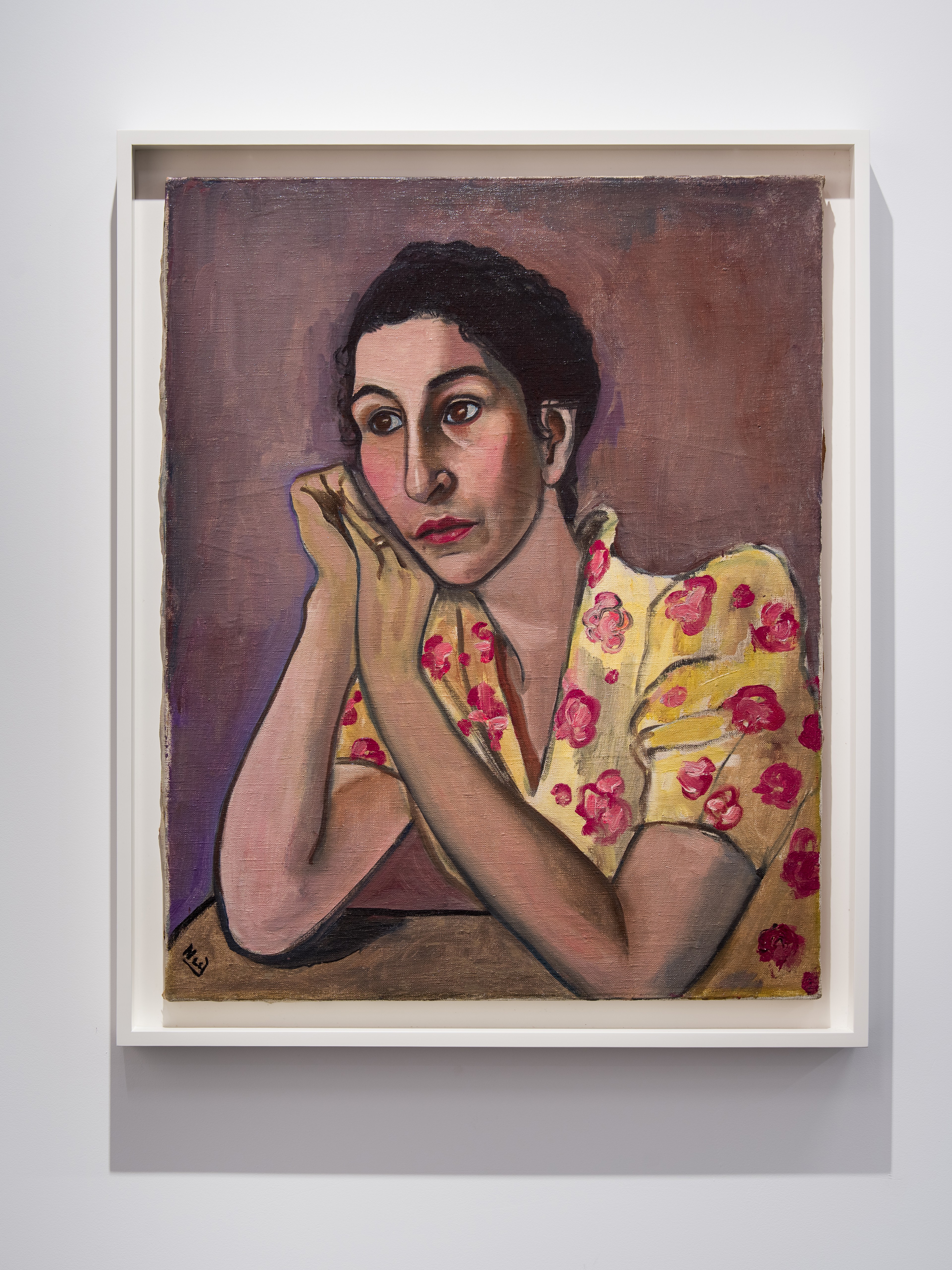
Alice Neel
Portrait of Dorothy Pullman, 1942
Oil on canvas
60.1 x 47.6 cm
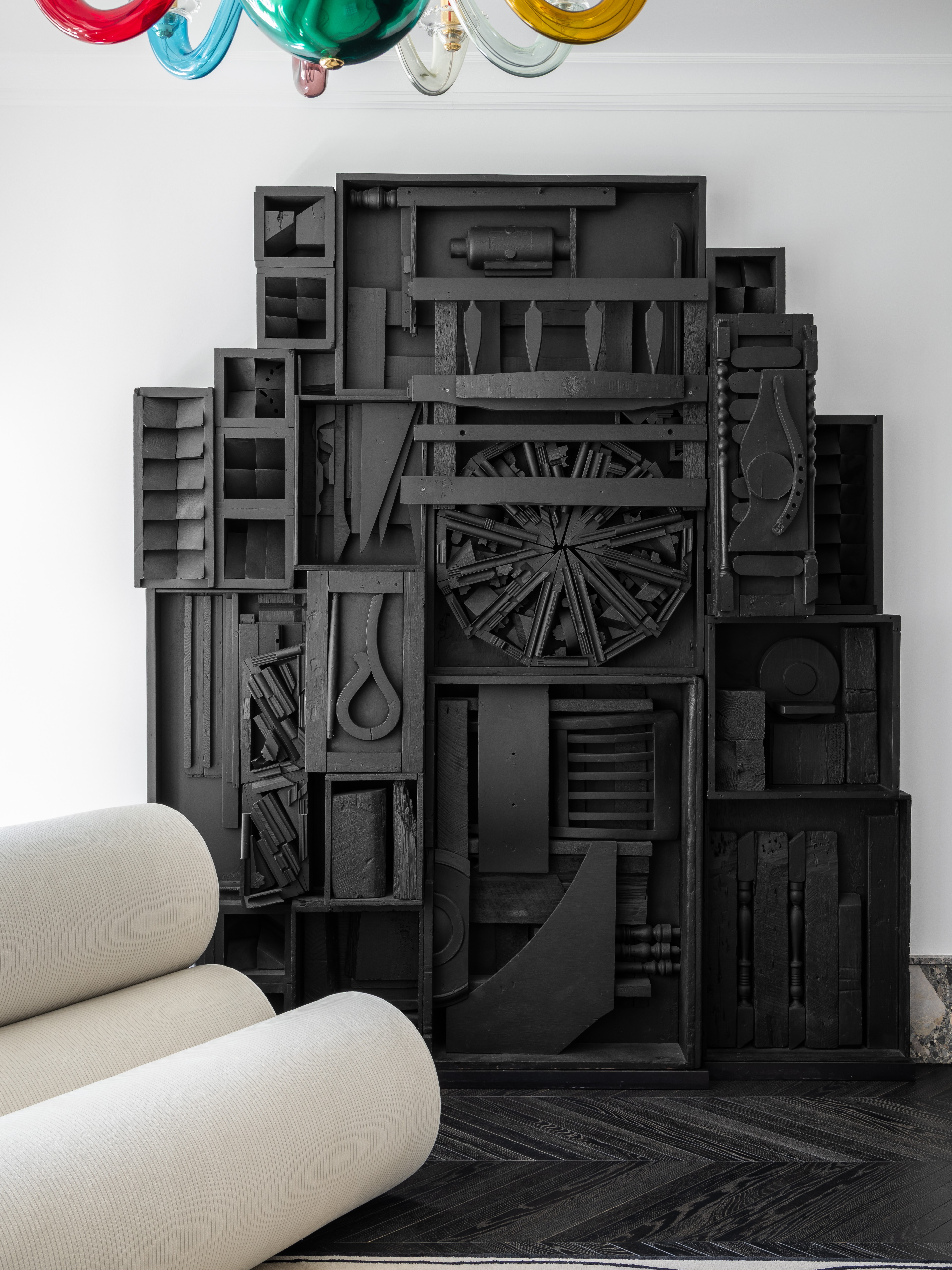
Louise Nevelson
Moon-Star II, 1960
Wood painted black in seven parts
83.4 x 215.8 x 4.5 cm
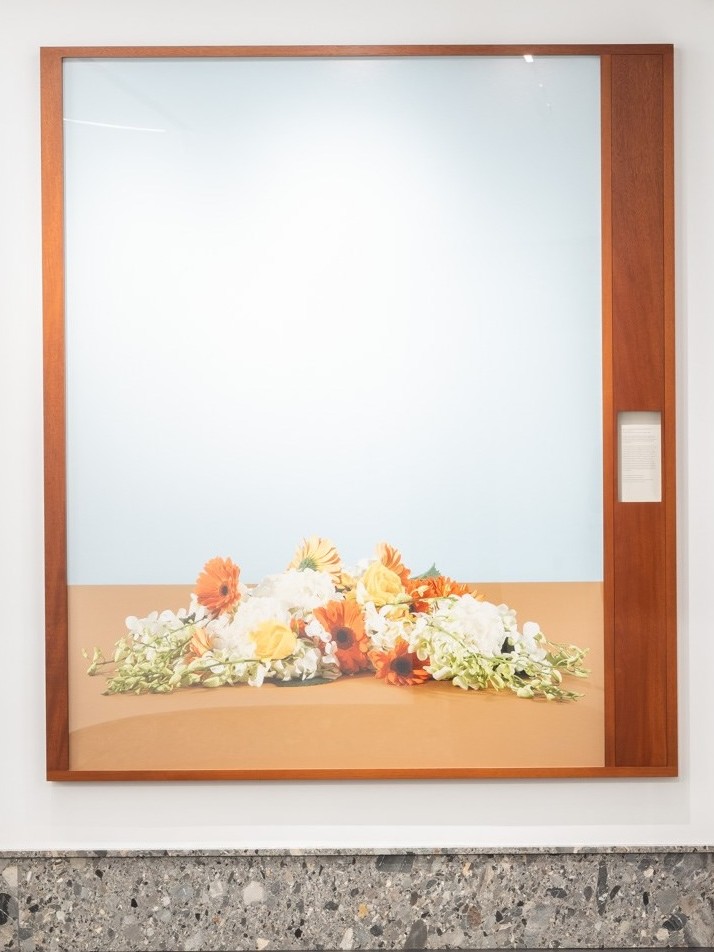
Taryn Simon
Agreement Establishing the International Islamic Trade Finance Corporation. Al -Bayan Palace, Kuwait City, Kuwait, May 30, 2006, 2015
Archival inkjet print and text on archival herbarium paper in wood frame
85 x 73 1/4 x 2 3/4 inches
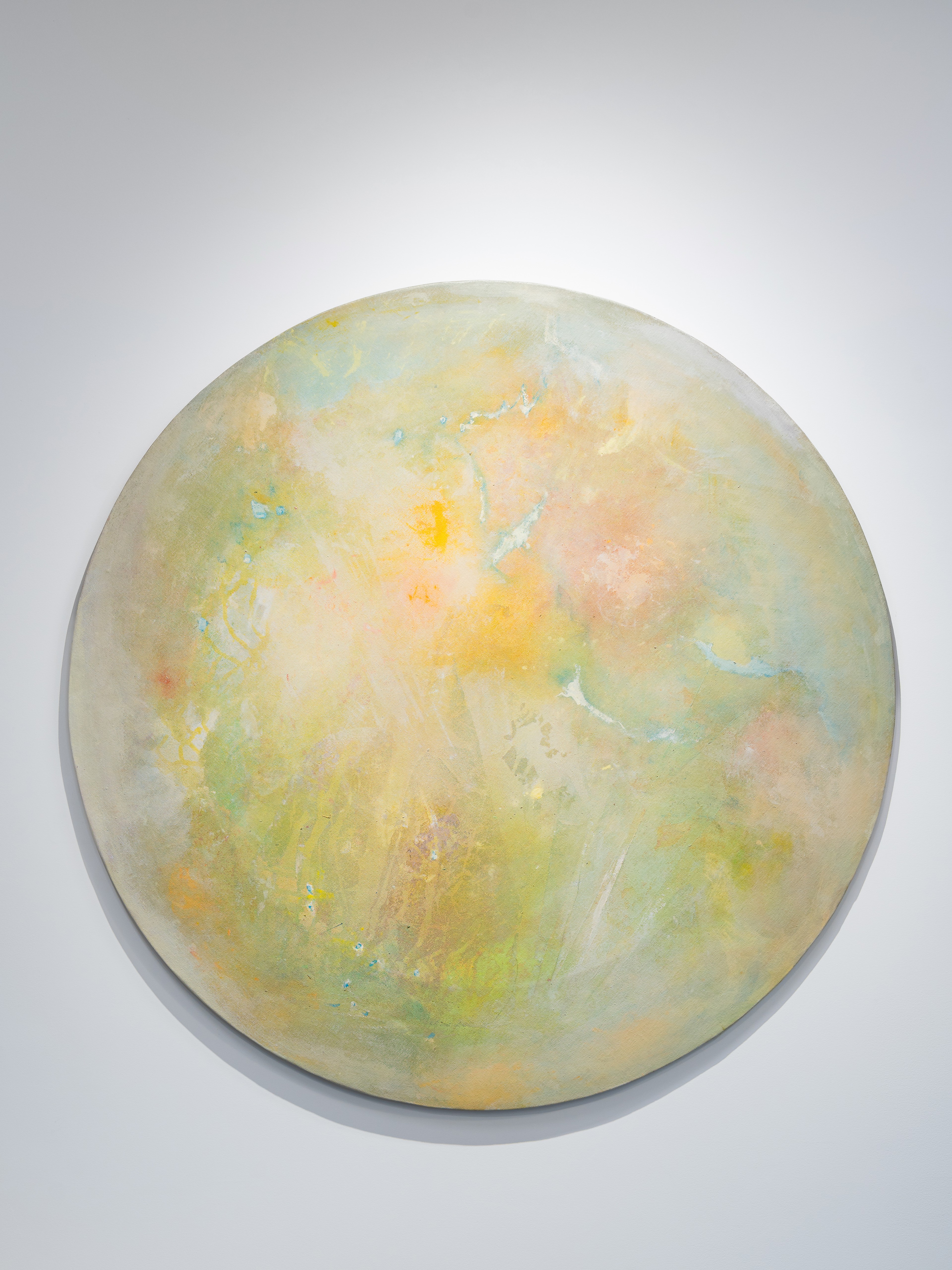
Hedda Sterne
Untitled (Tondo), 1973
Acrylic on canvas
121.92 x 121.92 x 3.2 cm
About the Exhibition
Sirens frames Feminism as both an approach to art making, as well as a critical lens through which artwork is comprehended. Presenting disparate and varied approaches to artistic process, some grounded in activism, others shaped by autobiographical histories and cultural traditions, the artists selected subvert first impressions. Visually alluring objects reveal heavily charged discourses.
Bridging media and geographies, the exhibited works challenge dominant art historical narratives as well as how these structures are dictated – resituating the institutional sphere within the domestic realm. Underpinning this exhibition is the desire to overturn the misconception that the feminist cannot be feminine. The works of art selected are both visually appealing and rigorous in their advocacy and criticism, discrediting the lingering stereotypes attached to feminism as a violent, unattractive and ultimately threatening movement.
Feminist Art is politically vocal, it may seek to overturn the patriarchal classification of fine art, arguing for the inclusion of traditionally domestic mediums. The elevation of craft underpins central elements of Judy Chicago’s practice, yet the present triptych Rainbow Man, emphasizes Chicago’s lineage and belonging within the dominant medium of her time. Feminist Art is subversive, layering meaning beneath a comfort of aesthetic appeal. Jenny Holzer’s Truisms juxtaposes inflammatory, often contradictory statements on visually enticing material objects. Mona Hatoum’s Natura Morta (50s Cabinet) balances fragile, arresting glass blown grenades within vintage furniture. Louise Nevelson’s monumental black monochrome installation masks the scavenging process, destruction and force intrinsic to its formation, a process thought unbecoming of women in 1960s America.
The women exhibited have had mixed responses to the label of Feminist. Mid-century Abstract Expressionist painters such as Hedda Sterne and Helen Frankenthaler sought to be recognized solely as artists, seeking to disassociate from the label of female or feminist through the use of aggressive mark-making or darker palettes. However, decades later, artists such as Tracey Emin embrace gestural expression to explore themes pertinent to womanhood such as pregnancy, abortion and sexual intimacy.
Feminist Art may be intersectional, advocating not only for gender and racial inclusivity, but also acknowledging regional and national disparities arising from imperialism, colonialism and dictatorship. Jaune Quick-to-See Smith, a Native American artist who dismantles the tropes of Modern Art, questions the legitimacy of these motifs in a globalized world. Wangechi Mutu’s Earth sculptures blend mythology, conservationism and Afrofuturism, speaking to the broader tributaries that played into the misguided formation of a linear Art History as it is taught today.
EVA Foundation is a celebration of art made by women. While simultaneously recognizing and elevating artistic labor, this exhibition is equally a challenge posed to the viewer: to question the frameworks we each carry with us.
